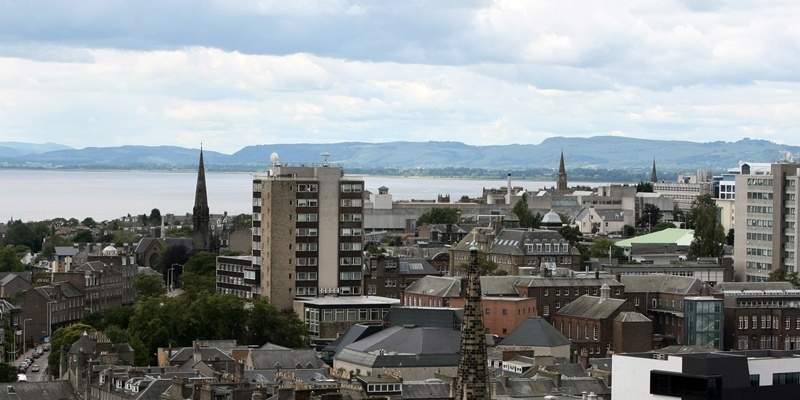Work at Dundee University on new drugs to treat major diseases is set for a £14 million boost.
The four-year funding package will safeguard 50 jobs and support research into cancer, arthritis, lupus, hypertension and Parkinson’s disease.
The announcement has been welcomed by Science and Universities Minister David Willetts, who said: “Collaboration between the life sciences industry and academia is vital for the development of new treatments and leverages significant private funding into our research base.
“This investment will continue the excellent work taking place at the university on major global diseases, helping to bring benefits for patients and the economy.”
Six major pharmaceutical companies, including GlaxoSmithKline and AstraZeneca, are putting up the funding, which will total £14.4 million between this year and 2016.
They have already come together in a consortium known as the Division of Signal Transduction Therapy (DSTT), which is thought to be the world’s largest collaboration between the academic community and the pharmaceutical industry.
Under the DSTT, 15 research teams have been set up at the university.
Professor Sir Philip Cohen, co-founder of the DSTT, said: “Collaborations between academic laboratories and the pharmaceutical industry typically last a few years. Therefore to maintain and expand support for the DSTT from 1998 until at least 2016 is unprecedented and remarkable.
“It shows how valuable the collaboration has been for the pharmaceutical industry.”‘World-class basic science’The latest funding takes the consortium’s financial backing to £50 million since it began. It is widely regarded as a model for how academia and industry can interact productively and was awarded a Queen’s Anniversary Prize for Higher Education in 2006.
Professor Sir John Savill, chief executive of the Medical Research Council, said: “We are proud to continue our support of a project that is greatly accelerating pharmaceutical drug discovery programmes for major diseases.”
From July the new director of the division will be Professor Dario Alessi.
He said: “I am delighted that the agreement has been renewed, as this offers further potential for us to translate our recent research findings and ideas into new drug therapies for the treatment of many diseases.
“The university is committed to the translation of world-class basic science for health and economic benefits.
“Renewal of this collaboration with six of the world’s leading pharmaceutical companies is a vote of confidence in that strategy and in Dundee’s leadership position in biomedical research.”
Scientists are working on new drugs that target enzymes called kinases and the ubiquitin system in the body. Ubiquitin is a small molecule that acts as the “kiss of death” for proteins.’Successful collaboration’The university is the world’s biggest centre for this type of study, with more than 200 scientific and support staff.
Kinase drug discovery accounts for about 30% of the research and development budget of the pharmaceutical industry and more than 50% of global cancer drug discovery.
The drug Gleevec, which has transformed a previously fatal form of leukaemia into a manageable disease, is one example of a kinase-targeting drug which has been introduced to the market in recent years.
Speaking for the pharmaceutical companies in the consortium, Dr Malcolm
Skingle of GlaxoSmithKline said: “This has been a very successful collaboration over the past 14 years and we are delighted to see it continue.
“This project has shown the benefits that can come from pharmaceutical companies working hand in hand with top-flight research at the university.”
